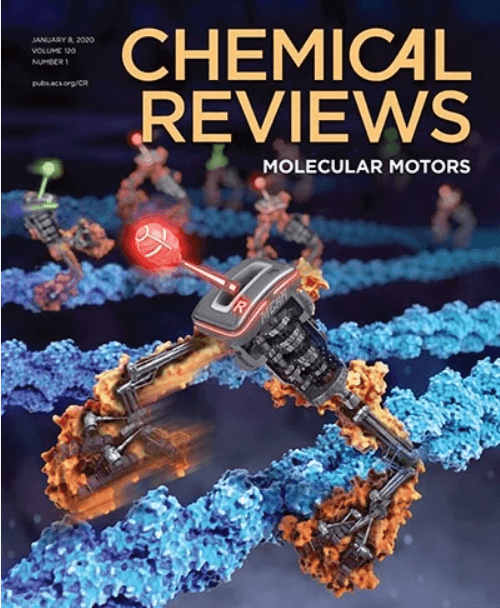In Situ TEM Characterization of Battery Materials
IF 51.4
1区 化学
Q1 CHEMISTRY, MULTIDISCIPLINARY
引用次数: 0
Abstract
Transmission electron microscopy (TEM) is an indispensable analytical technique in materials research as it probes material information down to the atomic level and can be utilized to examine dynamic phenomena during material transformations. In situ TEM resolves transient metastable states via direct observation of material dynamics under external stimuli. With innovative sample designs developed over the past decades, advanced in situ TEM has enabled emulation of battery operation conditions to unveil nanoscale changes within electrodes, at interfaces, and in electrolytes, rendering it a unique tool to offer unequivocal insights of battery materials that are beam-sensitive, air-sensitive, or that contain light elements, etc. In this review, we first briefly outline the history of advanced electron microscopy along with battery research, followed by an introduction to various in situ TEM sample cell configurations. We provide a comprehensive review on in situ TEM studies of battery materials for lithium batteries and beyond (e.g., sodium batteries and other battery chemistries) via open-cell and closed-cell in situ TEM approaches. At the end, we raise several unresolved points regarding sample preparation protocol, imaging conditions, etc., for in situ TEM experiments. We also provide an outlook on the next-stage development of in situ TEM for battery material study, aiming to foster closer collaboration between in situ TEM and battery research communities for mutual progress.

电池材料的原位 TEM 表征
透射电子显微镜(TEM)是材料研究中不可缺少的分析技术,因为它可以探测到原子水平的材料信息,并可以用来研究材料转化过程中的动态现象。原位透射电镜通过直接观察外部刺激下的材料动力学来解析瞬态亚稳态。随着过去几十年开发的创新样品设计,先进的原位透射电镜能够模拟电池运行条件,揭示电极、界面和电解质内纳米级的变化,使其成为一种独特的工具,可以提供对光束敏感、空气敏感或含有轻元素等电池材料的明确见解。在这篇综述中,我们首先简要概述了先进电子显微镜和电池研究的历史,然后介绍了各种原位TEM样品电池结构。我们通过开槽和闭槽原位透射电镜方法对锂电池及其他电池材料(例如钠电池和其他电池化学物质)的原位透射电镜研究进行了全面综述。最后,提出了原位TEM实验中样品制备方案、成像条件等尚未解决的问题。我们还展望了原位透射电镜在电池材料研究中的下一阶段发展,旨在促进原位透射电镜和电池研究界之间更密切的合作,共同进步。
本文章由计算机程序翻译,如有差异,请以英文原文为准。
求助全文
约1分钟内获得全文
求助全文
来源期刊

Chemical Reviews
化学-化学综合
CiteScore
106.00
自引率
1.10%
发文量
278
审稿时长
4.3 months
期刊介绍:
Chemical Reviews is a highly regarded and highest-ranked journal covering the general topic of chemistry. Its mission is to provide comprehensive, authoritative, critical, and readable reviews of important recent research in organic, inorganic, physical, analytical, theoretical, and biological chemistry.
Since 1985, Chemical Reviews has also published periodic thematic issues that focus on a single theme or direction of emerging research.
 求助内容:
求助内容: 应助结果提醒方式:
应助结果提醒方式:


